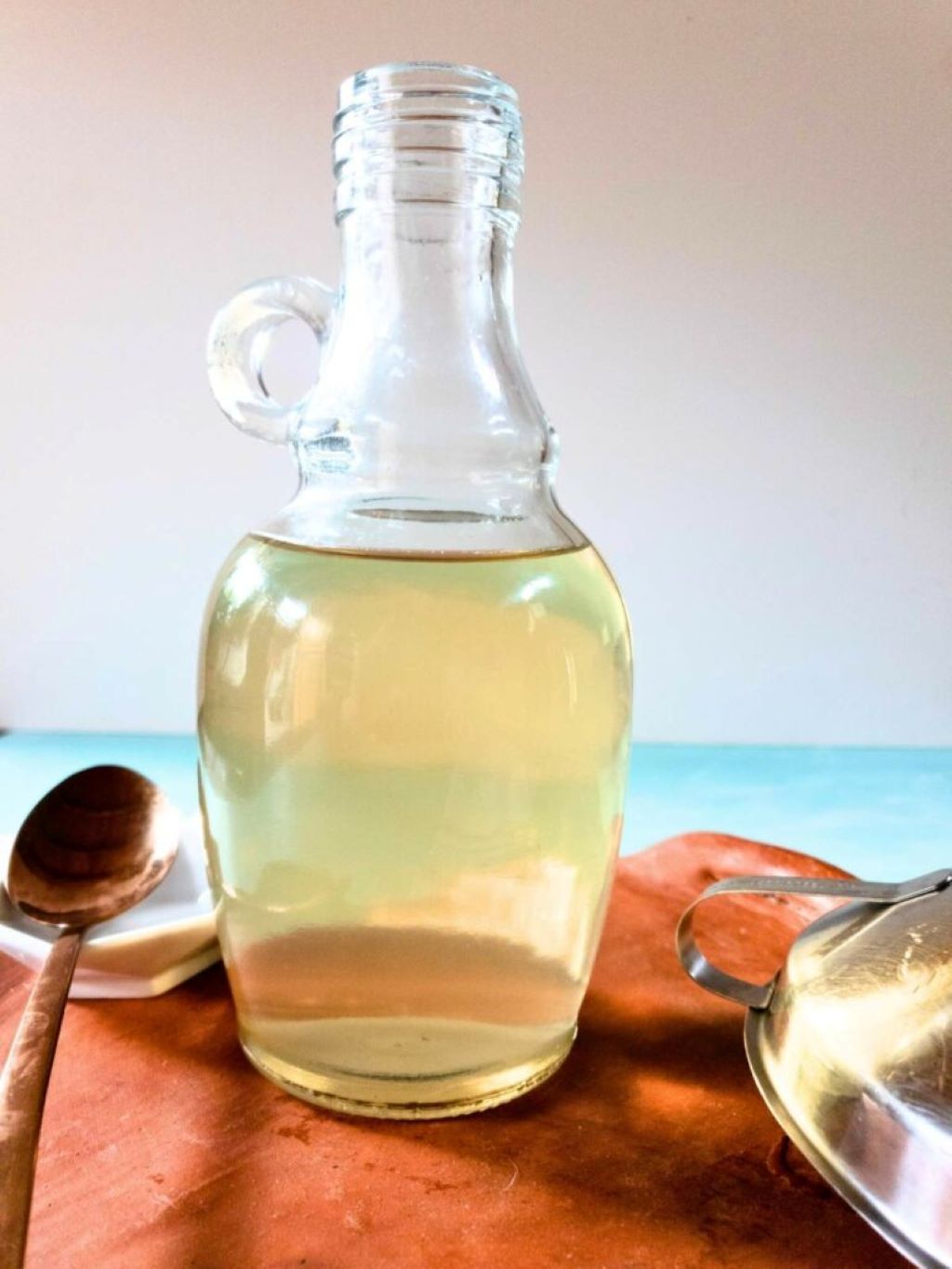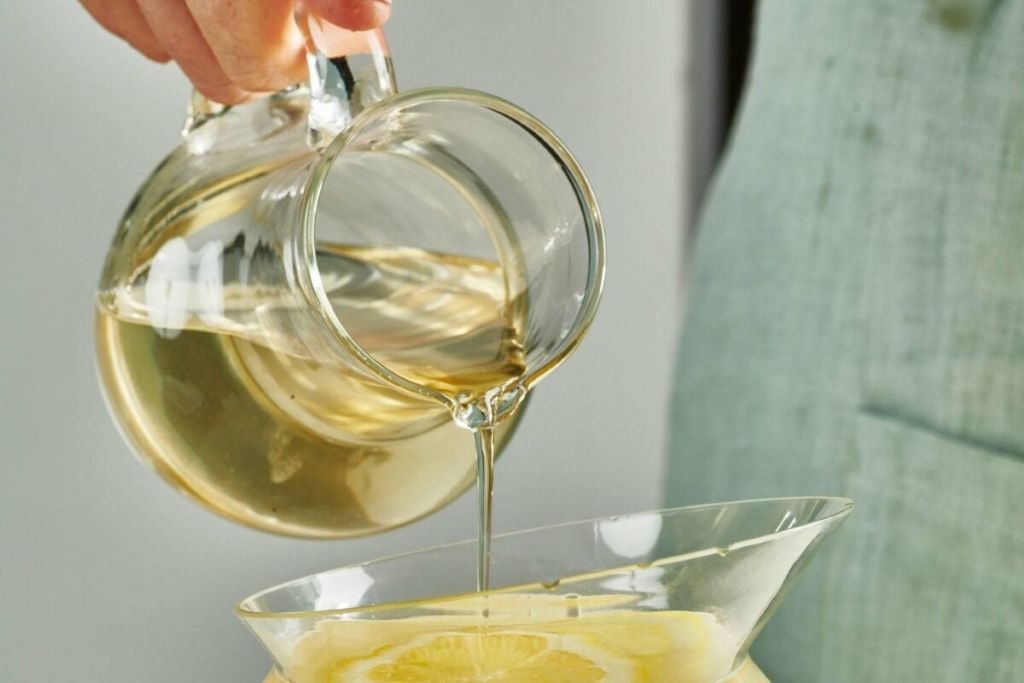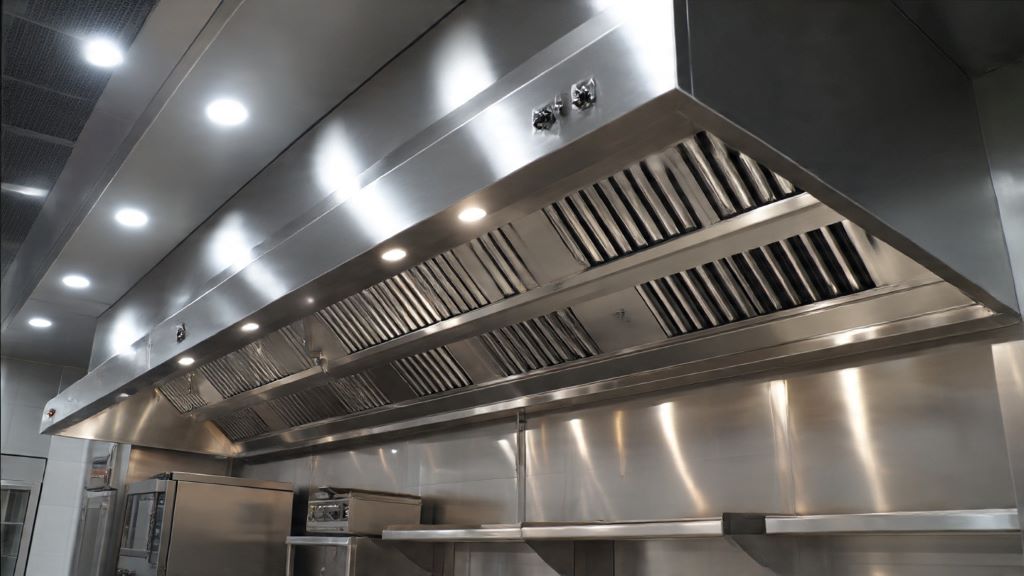The quest for a healthy lifestyle often feels like a series of compromises, especially when it comes to satisfying a sweet tooth. Sugar, in its many forms, is the main ingredient in our favorite cocktails, iced coffees, and lemonades. However, the high calories and blood sugar spikes that come with traditional simple syrup are a significant drawback for many. This is where the journey toward sustainable, healthy habits, a core philosophy at Sweet Healthy Living, finds a powerful new tool. Enter allulose, a revolutionary sweetener that is changing the game for low-calorie and ketogenic lifestyles.
Allulose is a fascinating substance. It is classified as a “rare sugar” because it is found naturally in small quantities in foods like figs, raisins, and maple syrup. What makes it so special? Unlike regular sugar (sucrose), the human body does not metabolize allulose in the same way. It is absorbed but not converted into glucose, meaning it passes through the body largely unused. Therefore, it contributes almost zero net carbohydrates and has a negligible effect on blood sugar and insulin levels. This makes it an exceptional choice for diabetics, those on a keto diet, or anyone managing their calorie intake.
So, why is allulose suddenly the gold standard for healthy syrups? Traditional simple syrup is just sugar and water, but it’s a caloric bomb. Creating a simple syrup using allulose provides the same taste, mouthfeel, and function in a drink without the glycemic impact. It behaves remarkably like sugar when dissolved, offering a clean, satisfying sweetness that other sweeteners struggle to match. This guide will walk you through everything you need to know about making and using this incredible low-calorie simple syrup.
What Makes Allulose the Perfect Syrup Sweetener?
Not all sugar substitutes are created equal, especially when it comes to making liquid sweeteners. Many health-conscious individuals have tried other options and faced common problems. The superiority of allulose for syrups is best understood by comparing it to its competitors.
Allulose vs. Erythritol
Erythritol is a popular sugar alcohol used in many keto products. However, it has two significant flaws when used in a syrup. First, it has a distinct “cooling” or “minty” aftertaste that can clash with the flavors of a cocktail or coffee. Second, and more importantly, erythritol is highly prone to crystallization. If you make an erythritol simple syrup and put it in the refrigerator, it will likely turn back into solid crystals within hours. This makes it useless for cold beverages.
Allulose, on the other hand, does not have a cooling aftertaste. It tastes almost identical to sugar. Furthermore, it has a high resistance to crystallization, meaning your allulose simple syrup will stay smooth and liquid, even when chilled.
Allulose vs. Stevia and Monk Fruit
Stevia and monk fruit are excellent natural, zero-calorie sweeteners. Their main challenge, however, is that they provide no bulk or “mouthfeel.” They are intensely sweet, so only a tiny amount is needed, but the resulting “syrup” is watery and lacks the viscosity that simple syrup is known for. Many also find they have a lingering, slightly bitter or metallic aftertaste, especially at higher concentrations.
Allulose solves this because it is a monosaccharide, just like glucose. You use it in a 1:1 ratio just like sugar, so it creates a true syrup with the same body and texture as the original. This texture is critical for balancing the acidity in a cocktail or adding richness to an iced latte.
Allulose vs. Xylitol
Xylitol is another sugar alcohol that dissolves well. However, it is not zero-calorie; it contains about 40% of the calories of sugar. It also has a higher glycemic impact than allulose. The most significant issue, however, is that xylitol is extremely toxic to dogs, making it a risk to have in many households. Allulose is not known to have this same toxicity, making it a safer option for pet owners.
How to Make Simple Syrup Using Allulose
Now for the easy part. Making your own allulose simple syrup is incredibly straightforward. It requires only two ingredients and a few minutes of your time.
Ingredients and Tools
- 1 cup granulated allulose
- 1 cup water (filtered or purified water is recommended for the cleanest taste)
- A small saucepan
- A whisk or spoon
- A clean, airtight glass bottle or jar for storage
The Perfect 1:1 Ratio
The classic simple syrup recipe calls for a 1:1 ratio of sugar to water by volume. This ratio works perfectly for allulose as well. It creates a syrup that has the same level of sweetness and viscosity as traditional simple syrup, making it an easy substitute in any recipe.
Some recipes call for a 2:1 “rich” simple syrup. While you can do this with allulose, the 1:1 ratio is more versatile and less prone to any potential thickening issues over time. For general use, 1:1 is the gold standard.
Step-by-Step Instructions
- Combine Ingredients: Pour the 1 cup of water and 1 cup of granulated allulose into your small saucepan.
- Heat Gently: Place the saucepan over medium-low heat. You do not need to bring the mixture to a rolling boil. In fact, it is better if you do not.
- Stir to Dissolve: Whisk or stir the mixture gently and continuously. The allulose will begin to dissolve just as sugar does. This process should only take about 3-5 minutes.
- Check for Clarity: Once the liquid is completely clear and no granules of allulose remain on the bottom of the pan, it is done.
- Cool and Store: Remove the saucepan from the heat and let the syrup cool down to room temperature. Once cool, pour it into your airtight glass bottle or jar.
Tips for a Perfect Syrup
- Do Not Boil: Unlike sugar, allulose can caramelize or burn more easily. Boiling it hard is unnecessary and can cause the syrup to darken slightly or take on a very faint caramelized flavor. A gentle heat is all that is needed to dissolve the granules.
- Use a Clean Jar: Ensure your storage container is very clean and dry. Any impurities can introduce bacteria and shorten the shelf life of your syrup.
- Patience is Key: Let the syrup cool completely before you bottle it. Pouring hot liquid into a sealed glass container can cause it to crack or create condensation that may affect the syrup’s longevity.
Storage and Shelf Life
You should store your homemade allulose simple syrup in an airtight container in the refrigerator. Because it does not contain sugar, which acts as a powerful preservative, it will not last as long as traditional simple syrup.
Generally, your simple syrup using allulose will last for 3-4 weeks in the refrigerator.
If you want to extend its shelf life, you can add one tablespoon of a neutral spirit, like vodka, to the 2-cup batch. The alcohol acts as a preservative and can help it last for a couple of months, which is a common trick used by professional bartenders.
Creative Ways to Use Your Allulose Syrup
This is where the fun begins. You can use your low-calorie simple syrup in exactly the same way you would use regular simple syrup.
Keto-Friendly Cocktails
This syrup is a game-changer for mixologists. You can finally make truly sugar-free versions of classic cocktails without sacrificing taste or texture.
- Keto Mojito: Muddle fresh mint leaves and a lime wedge in a glass. Add 1 ounce of your allulose simple syrup, 2 ounces of white rum, and top with club soda and ice.
- Sugar-Free Margarita: Combine 2 ounces of tequila, 1 ounce of fresh lime juice, and 3/4 ounce of allulose simple syrup in a shaker with ice. Shake well and strain into a salt-rimmed glass.
- Low-Carb Whiskey Sour: Shake 2 ounces of bourbon, 1 ounce of fresh lemon juice, and 3/4 ounce of allulose simple syrup with ice. Strain into a rocks glass.
For the Home Barista
Stop buying expensive, artificially-flavored “skinny” syrups from coffee shops.
- Iced Coffee: Add a tablespoon or two to your cold brew or iced coffee for perfect sweetness that dissolves instantly.
- Iced Tea: Sweeten a large pitcher of homemade iced tea (black or herbal) without any grittiness.
- Homemade Lattes: Use it to sweeten your hot or iced lattes for a coffee-shop experience at home.
Other Culinary Uses
- Homemade Lemonade: Combine fresh lemon juice, water, and your allulose syrup to taste for a refreshing, guilt-free summer drink.
- Salad Dressings: Use it to balance the acidity in a vinaigrette. Combine olive oil, vinegar, dijon mustard, a splash of syrup, salt, and pepper.
- Cake Soaking: Gently brush the syrup onto cake layers before frosting. It adds moisture and sweetness without adding sugar.
- Fruit Topping: Drizzle it over a bowl of fresh berries and keto-friendly whipped cream for a simple, elegant dessert.
Potential Side Effects and Considerations
Allulose is generally very well tolerated, which is another reason for its popularity. The Food and Drug Administration (FDA) has classified it as “Generally Recognized as Safe” (GRAS).
However, like sugar alcohols and fiber, allulose can cause mild digestive discomfort (such as gas, bloating, or mild diarrhea) in some individuals if consumed in very large quantities. The key is moderation. Most people experience no issues at all when using it in amounts typical for a simple syrup in drinks or recipes.
The only other consideration is cost. Allulose is currently more expensive than sugar and even some other sweeteners like erythritol. However, for its superior taste and functional properties, most users find the extra cost to be well worth it.
Conclusion: Sweetness Reimagined
Living a low-sugar or low-carb lifestyle no longer requires giving up the simple pleasures of a perfectly sweetened drink. Allulose has truly bridged the gap between health and indulgence.
By creating a simple syrup using allulose, you unlock a world of possibilities. You get the clean taste of sugar, the perfect texture of a true syrup, and the peace of mind that comes with near-zero calories and no blood sugar impact. It is easy to make, versatile, and resists the crystallization that plagues other keto-friendly sweeteners. This guide provides you with the key to crafting delicious, healthy cocktails, coffees, and treats, allowing you to enjoy sweetness without compromise.
Frequently Asked Questions
Does allulose simple syrup taste different from sugar simple syrup?
Allulose is prized for tasting remarkably similar to table sugar. It is about 70% as sweet as sugar, so a 1:1 ratio syrup might taste slightly less sweet, but it lacks the bitter aftertaste of stevia or the cooling sensation of erythritol. Most people find it has the cleanest, most “sugar-like” taste of any alternative sweetener.
Will my allulose simple syrup crystallize in the fridge?
It is highly unlikely. One of the primary benefits of allulose over erythritol is its excellent solubility and resistance to crystallization, even when cold. Your syrup should remain liquid and clear in the refrigerator, making it perfect for cold drinks.
Is simple syrup using allulose truly keto-friendly?
Yes. Allulose is not metabolized by the body and does not count toward net carbs. It has a negligible effect on blood glucose and insulin, making it an ideal sweetener for the ketogenic diet.
How long can I store homemade allulose syrup?
In an airtight container in the refrigerator, it will safely last for 3-4 weeks. If you add a tablespoon of vodka as a preservative, you can extend this shelf life to 2-3 months.
Can I make infused syrups with allulose?
Absolutely! You can easily create flavored syrups. Simply add ingredients like mint leaves, basil, ginger slices, or vanilla beans to the saucepan while you are dissolving the allulose. Let them steep as the syrup cools, then strain them out before bottling.
Related Topics:
Culinary Adventures: Kitchenware to Inspire Inner Chef






